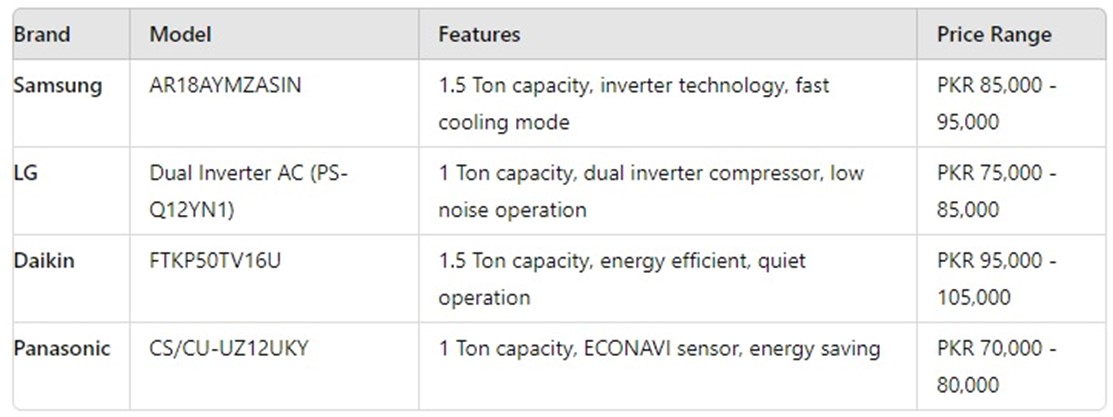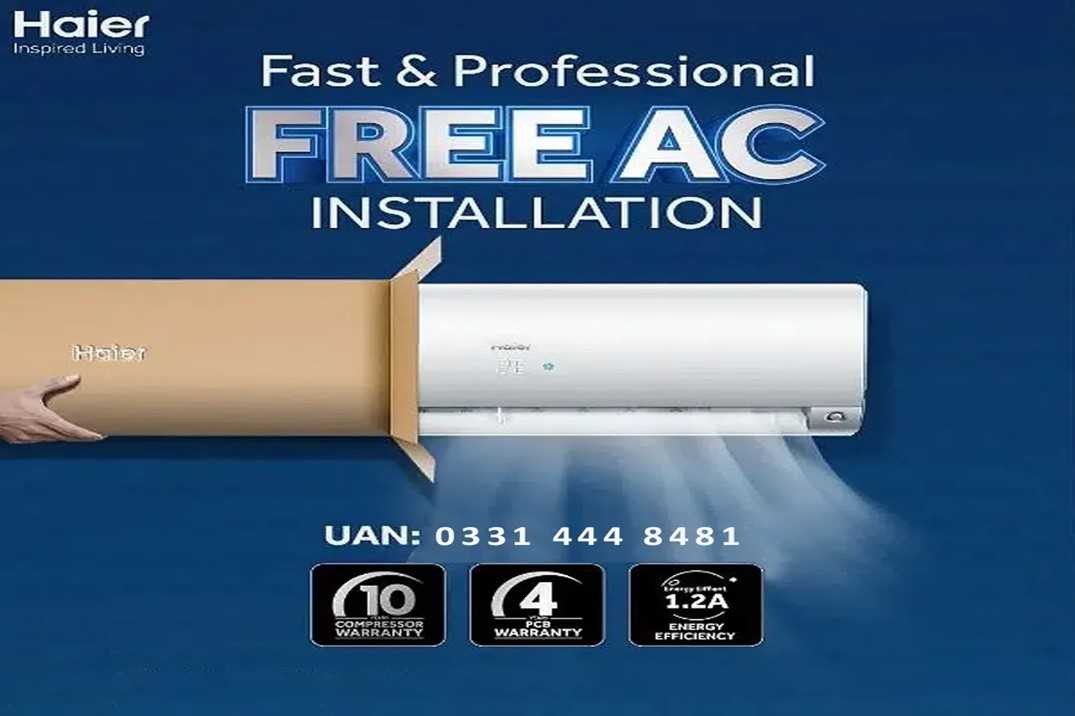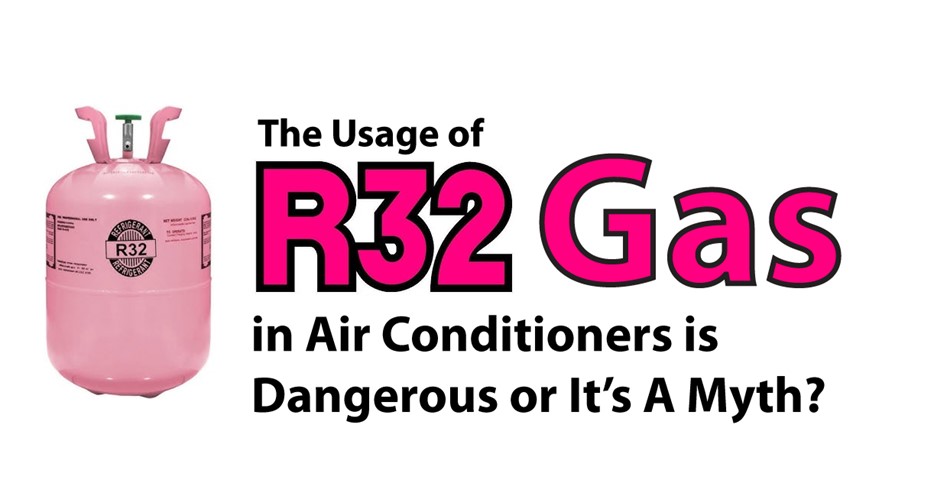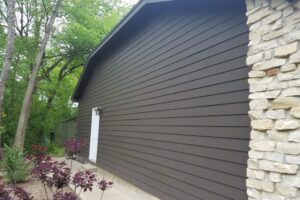The Usage of R32 Gas in Air Conditioners is Dangerous or It’s A Myth?
Difluoromethane, commonly known as R32, is a hydrofluoroolefin (HFO) refrigerant celebrated for its low global warming potential (GWP) and negligible ozone depletion potential (ODP). Unlike older refrigerants such as R22 and R410A, R32 has a GWP of approximately 675, significantly lower than R410A’s GWP of 2088. This substantial reduction in GWP makes it a more environmentally friendly option, contributing less to global warming and climate change.
If you’re considering upgrading to a more eco-friendly cooling solution, you can buy an R32 technology air conditioner from Lahore Centre. Plus, get it installed by skilled technicians who ensure your system runs efficiently and effectively.
R32’s superior thermodynamic properties lead to enhanced energy efficiency. This reduces energy consumption for cooling systems, resulting in cost savings on energy bills. The increased efficiency makes R32 an appealing choice for both manufacturers and consumers.
Popularity of the Refrigerant in Air Conditioners
Globally, there is a growing trend towards using this refrigerant due to its environmental and efficiency benefits. This trend is gaining momentum in Pakistan as increasing awareness about climate change and ecological issues drives the adoption of more sustainable cooling solutions.
Benefits:
- Lower Environmental Impact: Its reduced GWP helps lower the carbon footprint of air conditioning systems.
- Improved Efficiency: Enhanced cooling performance results in reduced energy consumption.
- Cost-Effective: Although initial costs may be higher, the long-term energy savings often offset these costs.
Models of Air Conditioners in Pakistan Using This Refrigerant

Several reputable brands in Pakistan offer air conditioners that utilize this advanced refrigerant. Here are a few examples:
Features and Specifications:
- Samsung AR18AYMZASIN: Features a 1.5-ton capacity with inverter technology for efficient and quiet cooling.
- LG Dual Inverter AC (PS-Q12YN1): Equipped with a dual inverter compressor for energy-efficient and low-noise cooling.
- Panasonic CS/CU-UZ12UKY: Includes an ECONAVI sensor to optimize energy use based on room conditions.
Safety Profile of the Refrigerant
Concerns about the safety of this refrigerant often stem from misconceptions. While it is flammable, it is classified as a mild gas, requiring specific ignition conditions, such as a sustained flame or high temperatures. In typical residential and commercial environments, the risk of ignition is minimal.
Safety Measures:
- Proper Installation: Certified technicians should handle the installation to ensure safe handling and proper setup.
- Ventilation: Adequate ventilation is essential during installation and maintenance to prevent refrigerant accumulation.
- Leak Detection: Regular checks are important to detect and address potential leaks.
Manufacturers adhere to rigorous safety standards to ensure the safe use of this refrigerant in air conditioning systems.
Safety Record at Lahore Centre
At Lahore Centre, we have been selling air conditioners that use this refrigerant, including models from well-known brands like Haier, Kenwood, and Homeage. We have not encountered any reports of incidents or explosions related to these units. This excellent safety record highlights the importance of proper handling and installation by trained professionals.
The most in-demand are Haier HSU-12HFCA 1 Ton DC Inverter AC. No case of Blast has been reported to date.

Key Points:
- Trained Technicians: Safety concerns are often associated with untrained or inexperienced technicians. Proper installation by certified professionals is crucial in mitigating risks.
- No Reported Incidents: Our extensive experience with R32-based systems has been positive, with no reported accidents or safety issues.
Regulations and Standards
In Pakistan, the use of refrigerants, including this one, is governed by local environmental and safety regulations. These regulations aim to minimize environmental impact and ensure the safety of air conditioning systems. Compliance with these standards is mandatory for manufacturers and service providers.
Future Trends
The adoption of this refrigerant is expected to increase as its benefits become more widely recognized. Technological advancements will likely further enhance the performance and safety of air conditioning systems using this refrigerant.
Emerging Trends:
- Increased Efficiency: Technological improvements are expected to boost the efficiency of systems further using this refrigerant.
- Growing Awareness: As environmental concerns continue to rise, more consumers are likely to opt for this refrigerant due to its lower GWP and energy efficiency.
- Technological Innovations: Future developments may further optimize the performance and safety of systems using this refrigerant.
Conclusion
Difluoromethane in air conditioners offers numerous advantages, including lower environmental impact, improved efficiency, and cost-effectiveness. Despite some myths about its safety, it is a reliable and safe choice when handled correctly. With stringent safety measures and adherence to regulations, it represents a responsible choice for modern cooling needs.
Don’t let myths about air conditioners’ refrigerant safety hold you back. Visit Lahore Centre today to explore our range of air conditioners featuring this innovative refrigerant. Experience superior efficiency and minimal environmental impact—contact us now to discover why this choice is ideal for a greener and more efficient home!

















